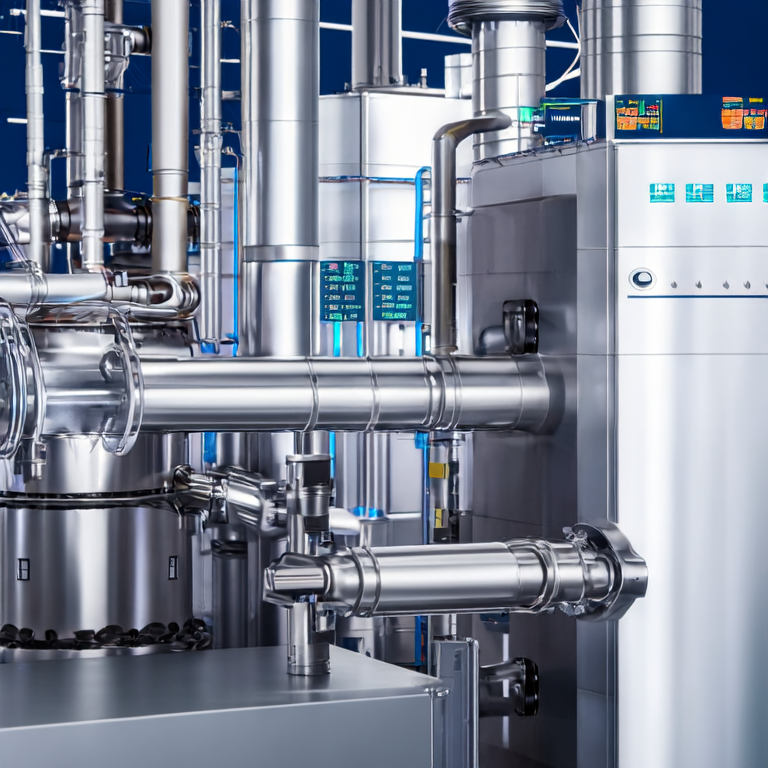Aug. 01, 2025
In industries that require 24/7 operations, reducing energy costs is a top priority. Users often face high operational expenses due to inefficient nitrogen supply methods. Whether it\'s ensuring consistent product quality or maintaining safety standards, the energy costs associated with traditional nitrogen systems can be daunting. This is where PSA Nitrogen Plant Manufacturers come into play, providing innovative solutions to optimize nitrogen generation. By incorporating smart nitrogen systems, facilities can significantly reduce energy usage while meeting their operational needs seamlessly.
Many facilities struggle with high energy bills primarily due to outdated nitrogen supply methods. The underlying issues often include:
Inconsistent nitrogen purity affecting production quality.
High operating costs from inefficient energy consumption.
Frequent maintenance of cumbersome, traditional nitrogen systems.
A manufacturing company in Ohio, producing specialty chemicals, faced skyrocketing energy costs of approximately $120,000 annually due to their reliance on bottled nitrogen tanks. After transitioning to a smart nitrogen system designed by RICH, their energy costs dropped by over 25%—saving nearly $30,000 each year—and product quality improved significantly due to the system\'s ability to maintain consistent nitrogen purity levels. This success story is evidence that upgrading to smart technologies is not just beneficial but essential for modern operations.
Before transitioning to a smart nitrogen system, here’s what you need to prepare:
Equipment: Ensure installation of the new nitrogen generation system from a reputable PSA Nitrogen Plant Manufacturer.
Personnel Training: Employees should be trained in operating and maintaining the new system.
Energy Audit: Conduct an energy audit to measure current consumption and identify areas for improvement.
Evaluate Your Current System: Assess your existing nitrogen supply method and determine the average energy consumed per month.
Choose a Reliable Manufacturer: Select a PSA Nitrogen Plant Manufacturer with a proven track record such as RICH.
Install the Smart Nitrogen System: Schedule the installation and ensure all safety protocols are followed.
Train Staff: Provide hands-on training for operators covering system operations and best practices for energy efficiency.
Monitor Performance: Utilize monitoring tools to assess energy consumption and nitrogen purity. This can track changes in operational costs.
Continuous Improvement: Regularly review system performance and adjust settings to optimize efficiency, aiming for a nitrogen usage rate reduced by at least 15%.

Here are some typical mistakes companies make when switching to smart nitrogen systems, along with solutions:
Error: Inadequate training for staff. Solution: Ensure comprehensive training sessions are held prior to operation.
Error: Underestimating energy baseline before installation. Solution: Conduct a thorough energy audit to establish a clear baseline.
Error: Neglecting regular maintenance of the system. Solution: Set up a maintenance schedule with the manufacturer’s guidelines to keep the system running efficiently.
Switching to a smart nitrogen system can result in significant energy savings and enhanced production quality. By addressing key issues within your nitrogen supply chain, facilities can minimize costs and streamline operations. It’s recommended to engage with a trusted PSA Nitrogen Plant Manufacturer like RICH and conduct detailed planning before making the transition to ensure long-term benefits.
How much energy can I save by switching to a smart nitrogen system?
On average, companies report energy savings of 15% to 30% after switching to modern nitrogen systems.
What is the typical ROI for investing in smart nitrogen technology?
Companies typically see ROI within 18 to 24 months due to reduced operational and maintenance costs.
What maintenance is required for my new nitrogen system?
Routine checks and servicing based on the manufacturer’s recommendations are essential to ensure optimal performance.